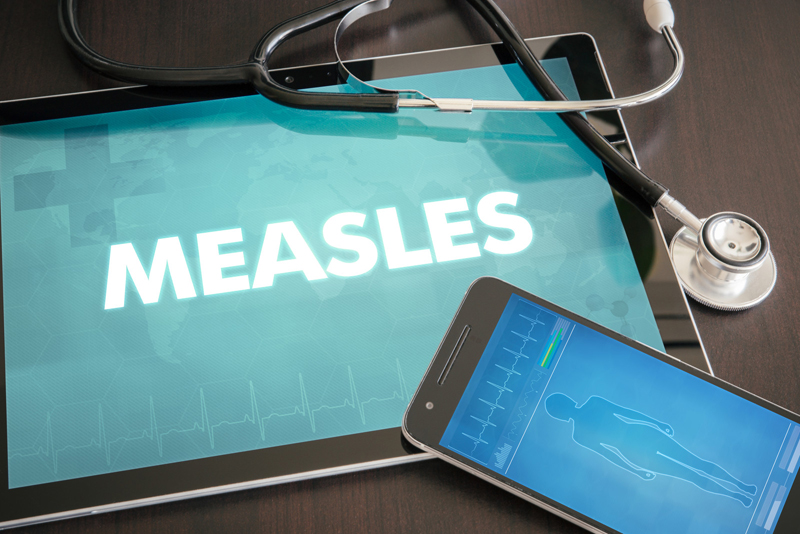A highly contagious viral disease, measles can cause blindness, deafness, brain damage or even death. Though this virus was declared eliminated in the U.S. by 2000, its outbreaks have reappeared. According to the reports from CDC – from January 1 to May 3, 2019, at least 764 individual cases of measles have been confirmed in 23 states. The major reason behind this outbreak is avoiding vaccination. It is crucial for those concerned with potential outbreaks to get their vaccination status verified by a healthcare provider and assess their possibility of measles based on the clinical assessment. Infectious disease specialists busy treating measles can streamline their healthcare documentation with quality U.S. based medical transcription services.

Doctors Using Electronic Medical Records to Check Vaccination Rates
Most U.S. doctors are now making use of electronic medical records (EMR) to spot patients who are unvaccinated and potentially infected individuals to resist the worst U.S. measles outbreak in 25 years. Hospitals are also building alerts into its EMR system to notify doctors and nurses about the patient’s location, based on their Zip code.
Reuters recently discussed the case of New York City-based NYU Langone Health that has installed measles alerts within its Epic EHR system (using software from Madison) to identify patients who are unvaccinated and those who have been infected.
A good EHR system can help physicians to –
- identify incoming patients who may have been exposed to measles and need to be assessed
- be alert and raise awareness for doctors and nurses to be on the lookout not just for their own patients, but anybody who comes into the building
- find all those patients missing the MMR vaccine and send out a message to patients or providers
Alerts in a patient’s medical record also help providers to talk to and counsel other visitors who may also have been exposed to the virus. Physicians will enquire about their health, prior exposure to measles, and vaccination history.
In the case of patients with fever or symptoms like a rash, doctors will ask questions to check whether they have been exposed to anybody with measles. If ‘yes’, this patient will be called to schedule an appointment so that the staff can take precautions to protect themselves and other patients.
Lower Vaccination Rates – A Concern
A lower rate of vaccination is the key reason for this measles outbreak and it creates increased risk when the virus is brought in from other countries. Communities with lower vaccination rates are vulnerable, as this viral infection spreads quickly through coughing and sneezing. According to reports, more than 70% percent of individuals who’ve contracted measles were unvaccinated, while another 18% had an unknown vaccination. At the same time, only 11% were vaccinated.
Parents refusing to vaccinate their children put those children at risk and it also affects those who have got vaccinated. Washington’s state Senate has passed a bill to eliminate personal and philosophical exemptions for the measles-mumps-rubella vaccine. CDC recommends two doses of the MMR vaccine, to protect against measles – starting with the first dose at 12 to 15 months of age and the second dose at 4 to 6 years of age. This viral infection is most problematic in babies and pregnant women, according to health care professionals.
Many hospitals also introduced screening questionnaire about potential measles risk for every patient who tries to book their appointment online. Based on such surveys, two hospitals in Illinois have sent hundreds of letters to parents urging them to ensure their kids get their measles shots. CDC opines that it is the misinformation about vaccines that has triggered the recent outbreaks. Ensuring that everyone who can be vaccinated is vaccinated is the best way to keep the virus from gaining traction in the US again.
While physicians are busy spreading awareness about the importance of measles vaccine, professional infectious disease transcription services can help your practice to ensure that your document workflow is stable, with accurate transcripts.


